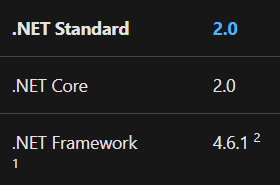Running a TFS Build Agent on your Raspberry PI / ARM based device

As I've mentioned a few times recently I've been pushing our use of ARM based devices at work for a while now. What started on Raspberry PI 2's & 3's as prototypes and early builds has developed into something much bigger. Which is great, however the way we've been writing and building code has got stuck in a bad process. For all of our .Net Core code we have a full CI pipeline which produces appropriate outputs for deploy to our devcies in an automated way. However in some of our more recent work we've needed to start compiling third party dependencies for our ARM based boards and even some C++ components. It's always been on the "Todo:" list to ensure these dependencies and components got into our CI pipeline but with using various contractors and being "busy" things have gone too long with "works on my machine" builds and various network shares containing "OpenCV NEON optimised" and other such dependencies.



